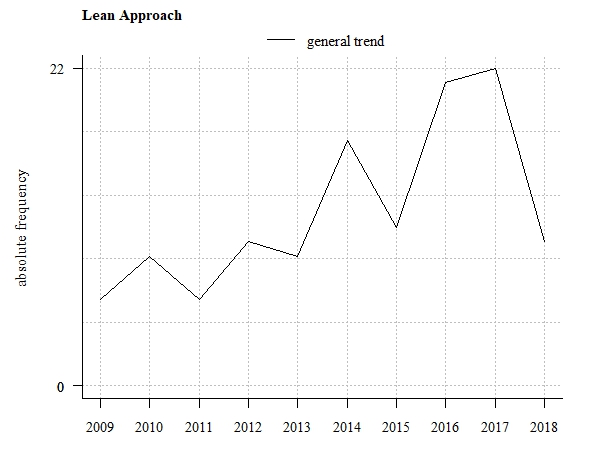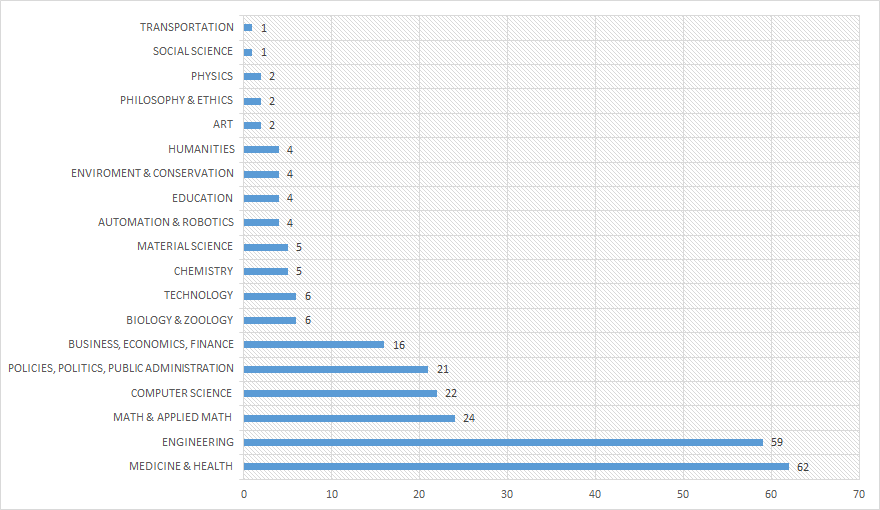Open data - Download the Knowledge base
You are free to download the data of this Knowledge base.
To do this you must be an authenticated user: log in or sign in now.
All the data are licensed as Creative Common CC-BY 4.0.
Core idea of the lean approach is to maximise customer value and to focus on its key processes in order to continuously increase it through an optimum value creation process that has zero waste.
Lean thinking changes the focus of management from optimising separate technologies, assets, and vertical departments to optimise the flow of products and services through entire value streams that flow horizontally across technologies, assets, and departments. [1]
Lean approach operates in conjunction with policy making, emphasises the incorporation of agility and iterations. Such an approach, which borrows its methodology from software development strategies, has the potential to respond to the fast-moving and multi-stranded nature of the challenges. [2]


| Agenda Setting | Policy Design and Analysis | Policy Implementation | Policy Monitoring and Evaluation | |
|---|---|---|---|---|
| Agriculture, Fisheries, Forestry & Foods | ||||
| Economy & Finance | ||||
| Education, Youth, Culture & Sport | ||||
| Employment & Social Security | ||||
| Environment & Energy | ||||
| Health | ||||
| Foreign Affairs and Defence | ||||
| Justice, Legal System & Public Safety | ||||
| Public Affairs | ||||
| Innovation, Science & Technology | ||||
| Urban Planning & Transport | ||||
| Institutional Questions / Internal Affairs |
You are free to download the data of this Knowledge base.
To do this you must be an authenticated user: log in or sign in now.
All the data are licensed as Creative Common CC-BY 4.0.